Five things you need to know about the Beibu Gulf Urban Agglomeration

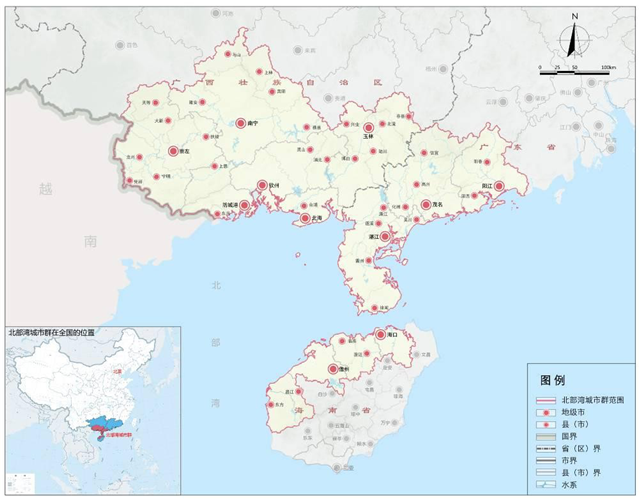
The range of the Beibu Gulf Urban Agglomeration [Photo/ndrc.gov.cn]
1. Planning background
Located in the southwestern part of China, the Beibu Gulf Urban Agglomeration neighbors Guangdong, Hong Kong, and Macao, and also faces Southeast Asia. It is situated at the intersection of China's opening-up of the frontier and coastal areas, and plays an important strategic role in China's opening-up and cooperation with the Association of the Southeast Asian Nations (ASEAN).
The development of the Beibu Gulf Urban Agglomeration will deepen cooperation with ASEAN countries, and will also promote the strategic interactions between the 21st Century Maritime Silk Road and the Silk Road Economic Belt. In addition, the Beibu Gulf Urban Agglomeration will help to expand new space for regional development, bring about coordinated development of the eastern, central, and western regions of China, as well as promote marine ecological progress and safeguard national security.
The Beibu Gulf Urban Agglomeration Development Plan was approved by the State Council on Jan 20, 2017 with a planning period of three years from 2017 to 2020.
It covers 12 cities and three counties including: Nanning, Beihai, Qinzhou, Fangchenggang, Yulin, and Chongzuo in Guangxi Zhuang autonomous region; Zhanjiang, Maoming, and Yangjiang in Guangdong province; and Haikou, Danzhou, Dongfang and the counties of Chengmai, Lingao, and Changjiang in Hainan province. The city agglomeration covers a land area of 116,600 square kilometers and a coastline of 4,234 km including corresponding sea area. It possesses a population of 41.41 million by the end of 2015, accounting for 3.01 percent of the country's total, and it registered a collective GDP of 1.63 trillion yuan ($244 billion), representing 2.25 percent of China's total economic output.
2. Strategic positioning
The overall positioning: The governments will make full use of the geographic advantages of the region and explore its regional characteristics to set up a 'blue bay' city cluster facing ASEAN and serving China's Southwest, Central South, and South.
The region is also positioned as:
a. An important hub facing the International Corridor of ASEAN;
b. A new strategic pivot in the opening-up and development of China's Southwest, Central South, and South;
c. An important gateway linking the 21st Century Maritime Silk Road and the Silk Road Economic Belt;
d. A key green industrial base across the country;
e. A demonstration area for land and sea integrated development.
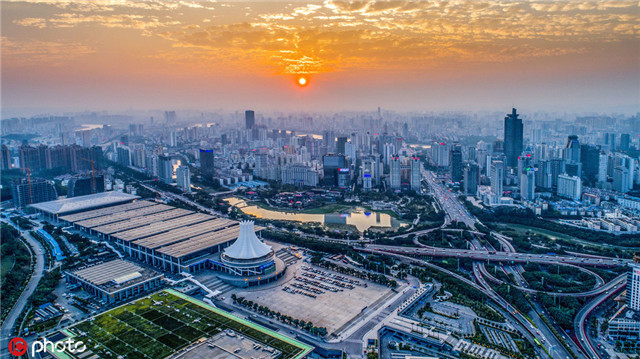
Aerial photo taken on May 3, 2018 shows Nanning, capital city of South China's Guangxi Zhuang autonomous region. [Photo/IC]
3. Development strategy
According to the development plan, the area will strengthen the reach of Nanning's core role, and build a development pattern featuring "one bay and two axes, one core and two poles".
"One bay and two axes" means the region will build up a coastal area around the Beibu Gulf Rim relying on major coastal cities of Beihai, Zhanjiang and Haikou, while taking Beiqingfang (Beihai, Qinzhou, and Fangchenggang) and Zhanmaoyang (Zhanjiang, Maoming, and Yangjiang) as its two development axes.
"One core and two poles" stands for the core city, Nanning, and the two growth poles of Haikou and Zhanjiang.

Qinzhou Port in Qinzhou, South China's Guangxi Zhuang autonomous region, as pictured on Jan 10, 2018. [Photo by Lu Boan/Xinhua]
4. Development goals
Medium-term goal: By 2020, the framework of a 'blue bay' city cluster will take shape offering a beautiful ecological environment, dynamic economy, and excellent living conditions.
Long-term goal: By 2030, the construction of the Beibu Gulf Urban Agglomeration will achieve world-class quality. The strategic opening-up highland facing ASEAN nations will be completely built and its urban development will be refined. The total population and economic density of cities will be significantly increased. The competitiveness of green industries will be enhanced, and the strategic leap to national urban agglomeration will be realized.
5. Fundamental principles
a. Led by opening-up and green policies, promote the development and growth of an open economy system with environmentally friendly principles;
b. Develop a scientific layout for coordinated development of land and sea areas;
c. Make use of the comparative advantages of different regions, and look for the practical functions of different cities to realize the cooperative development among the central cities and small and medium-sized cities;
d. Follow the "market-oriented and government-guided" philosophy of development.
MOST POPULAR
- 1 Things to know about China Intl Consumer Products Expo 2024
- 2 China tops FDI confidence index of emerging markets
- 3 China specifies steps to improve payment services in tourist attractions
- 4 Low-altitude economy set to take off
- 5 China's immigration service platform receives over 10m calls from home, abroad
Editors' Picks
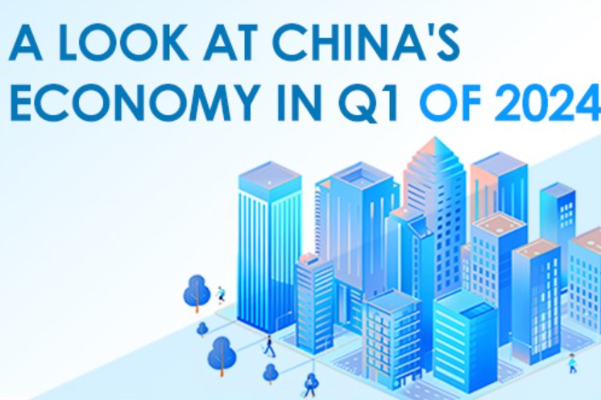 Infographic:
A look at China's economy in Q1 of 2024
Infographic:
A look at China's economy in Q1 of 2024
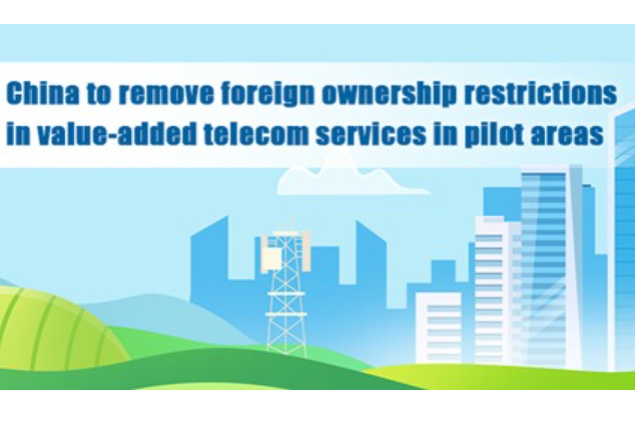 Infographic:
China to remove foreign ownership restrictions in value-added telecom services in pilot areas
Infographic:
China to remove foreign ownership restrictions in value-added telecom services in pilot areas
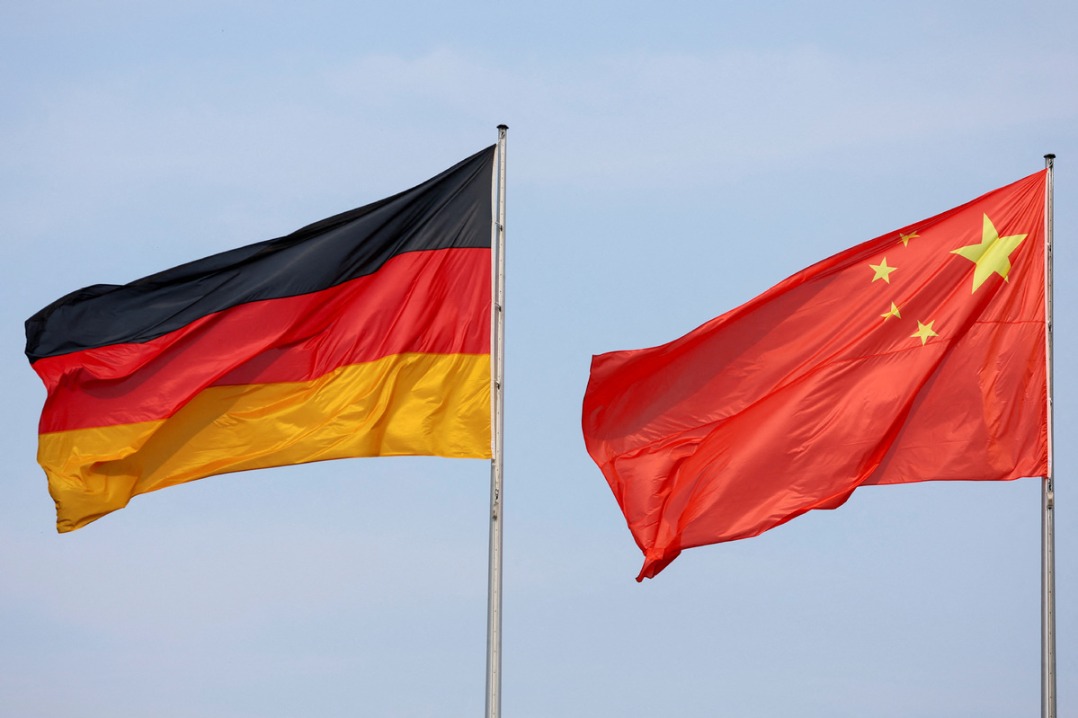 Infographic:
2023 Sino-German investment and trade in numbers
Infographic:
2023 Sino-German investment and trade in numbers
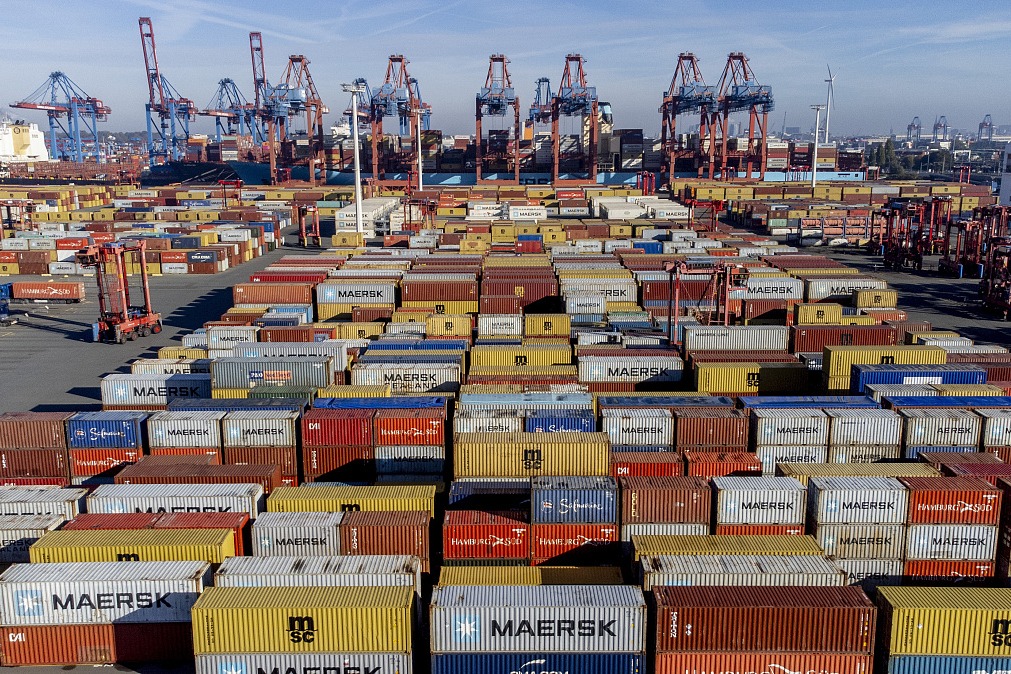 Infographic:
China-Germany relations in graphic
Infographic:
China-Germany relations in graphic



